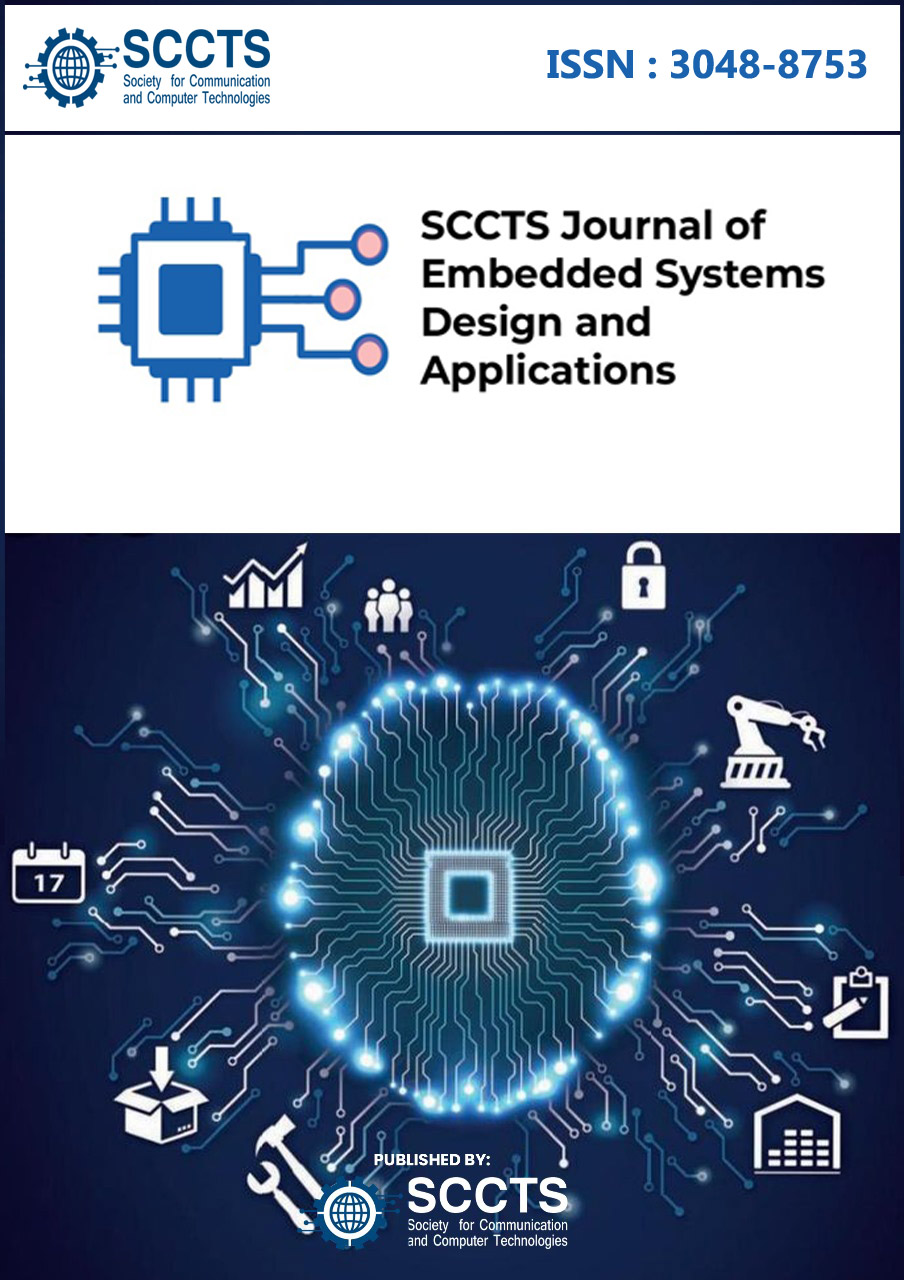Trends in Software Development for Embedded Systems in Cyber-Physical Systems
DOI:
https://doi.org/10.31838/ESA/02.01.06Keywords:
Machine Learning in Embedded Systems; Predictive Maintenance with Embedded Systems; Multi-Core Embedded Systems; Embedded System ApplicationsAbstract
Current landscape for embedded systems is gradually shifting due to developments and trends in Cyber Physical Systems and Internet of Things (IoT). In the overall march into the year 2024 and beyond, software development for embedded systems is shifting in a direction that will suit the new world of interconnectivity and smart devices. This article covers the most exciting
trends in today’s embedded systems and the directions where the future development of the sphere lies: from new types of security as the basis of modern systems to the progressive architecture and electronics. Currently, the overall embedded systems market in the world has a very high growth rate; according to the forecasts, it will increase from 91.95 billion USD in 2024 to 124.80 billion USD by 2029, CAGR 6.3 %. This expansion demonstrates how importance is the place of the embedded systems application in healthcare, automotive, industrial automation, and consumer electronics industries. With the advancement and advancement of those systems, there are new problems and prospects in building more resilient and dependable solutions. In the next few sections, we will be seeing how these and other trends are changing the embedded systems development, discussing methodology, hardware issues and software implications. These trends are quite existing in the future development of embedded systems in cyber-physical systems involving artificial intelligence, use of machine learning, connectivity technologies, and cybersecurity.





